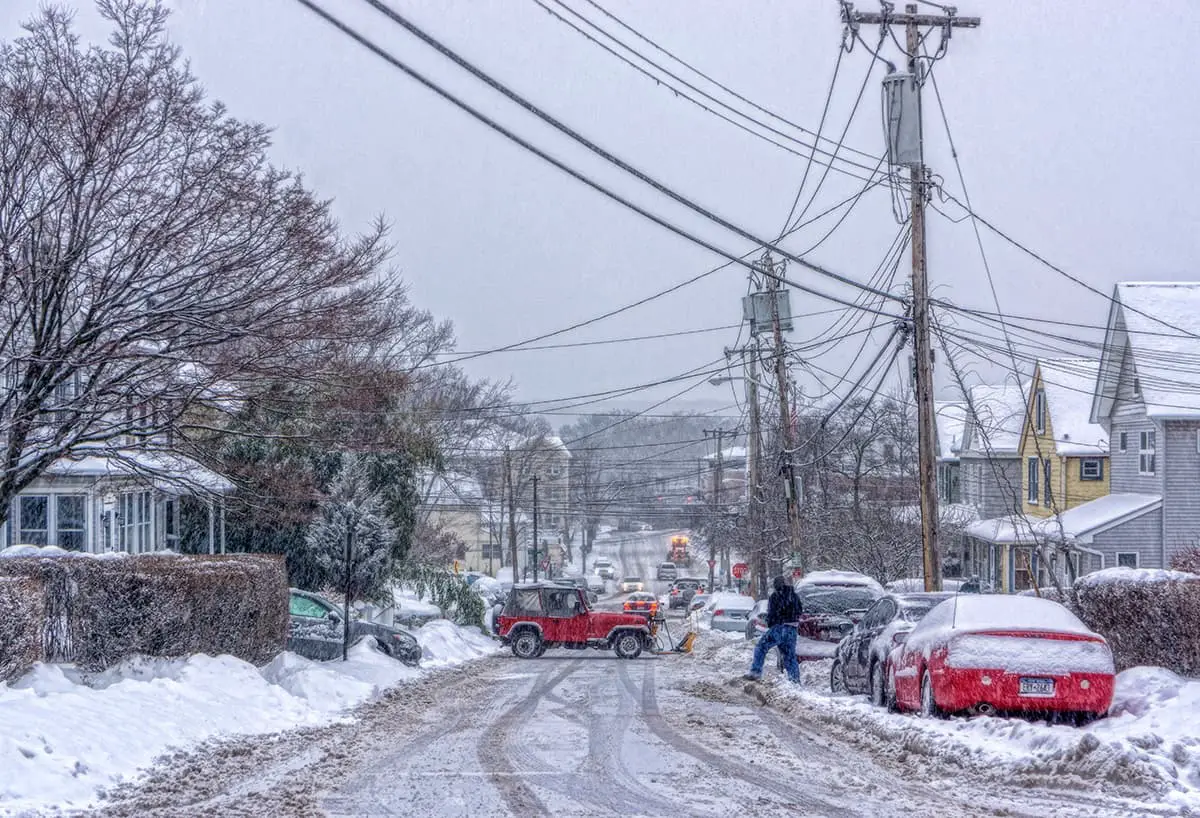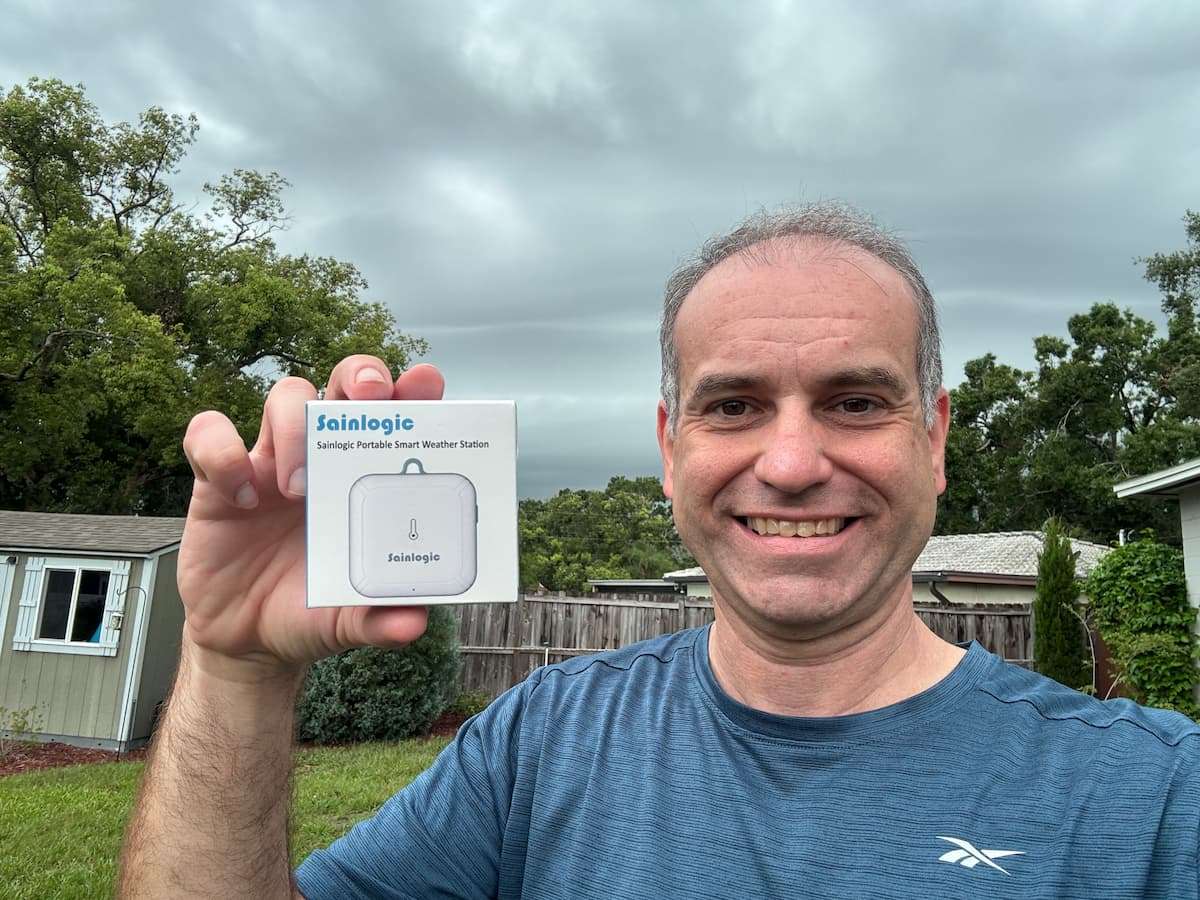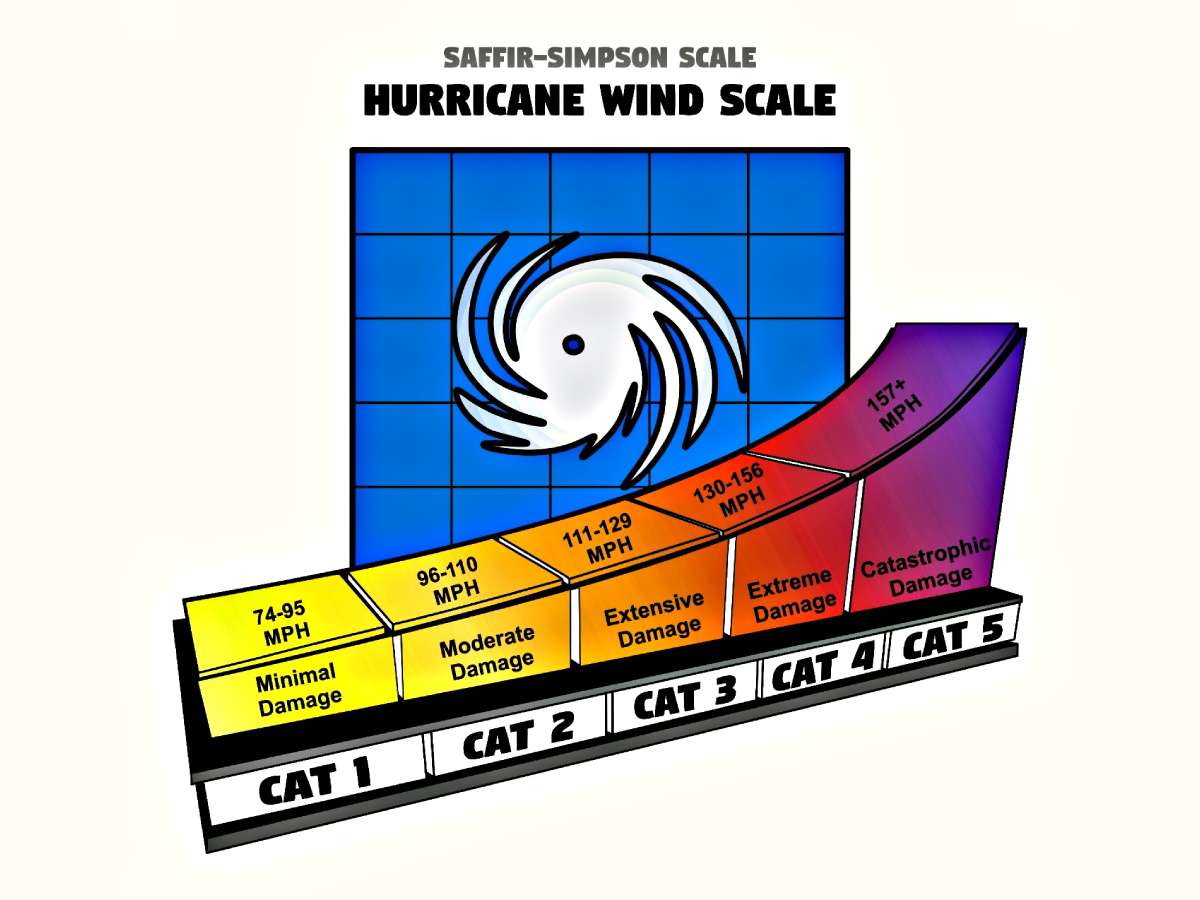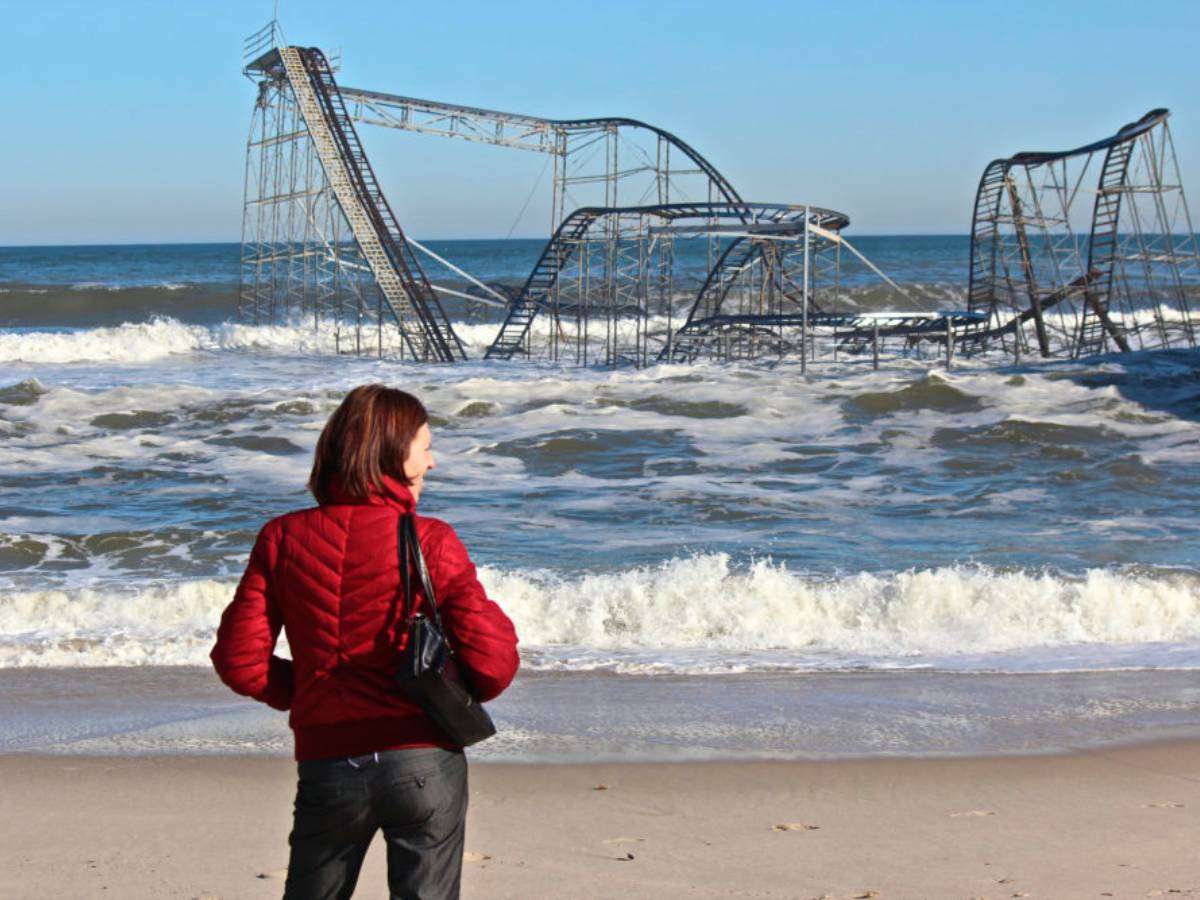Have you heard about bomb cyclones on the weather report, news, or social media?
Wondering what these crazy storms with the menacing name are all about?

Many news agencies and social media sites love using the phrase “bomb cyclone.”
It’s a dramatic term that generates a lot of page clicks and one that many people tend to use — or sometimes misuse or overuse.
So, what is a bomb cyclone anyway? Are bomb cyclones real? How do bomb cyclones form? Where are they most likely to occur?
Here’s everything you want to know…
What Is A Bomb Cyclone?
In the most basic sense, a bomb cyclone is an area of low pressure that sees a tremendous drop in barometric pressure.
Normally, air pressure at or near sea level is about 1013 millibars — representing an atmospheric weight of approximately 14.7 pounds per square inch. That’s about how much is weighing down on you at any given time!
Storms develop in areas of dropping air pressure. The lower the pressure and the more quickly it drops, the more severe a storm will be (and the more rapid its intensification will be).
By definition, a bomb cyclone will see pressure drop by at least 24 millibars in 24 hours.
This rapid pressure drop signifies drastic intensification — and this phenomenon is known by meteorologists as bombogenesis.
The changing pressure differences between the intensifying air mass and an abutting air mass can make the severity of the low-pressure system even greater.
Bomb cyclones aren’t necessarily always catastrophic storms, but they are often characterized by:
- High winds
- Heavy rain or snow
- An eye or other well-defined center of circulation — similar to a hurricane in structure.
Is A Bomb Cyclone A Real Weather Term? Why The Name?
Why are rapidly intensifying areas of low pressure called bomb cyclones?
Quite simply, meteorologists liken the rapid drop in air pressure to a bomb exploding.
While such fantastical language might seem like something that someone would’ve coined in the modern era, meteorologists have been using this bomb-related terminology since at least the 1950s — in the years immediately following World War II.
Terms such as “explosive cyclogenesis” and “bombogenesis” have long been applied to these quickly developing areas of low pressure.
However, the more widely used “bomb cyclone” terminology has really only taken off in recent years. It’s a term that is linguistically quite catchy and certainly sounds scary. It’s exactly the sort of phrase that seems perfectly made for the sensationalistic world of social media, right?
Yet, bomb cyclone is a real weather term that is recognized by the American Meteorological Society!
According to Merriam-Webster (the dictionary people), the earliest written use of the term bomb cyclone cyclone goes back to 1980.
The problem with the term comes when people who are not weather experts overuse the term or think that it refers to any type of severe weather. (Or they drop the phrase in a conversation because they think it sounds cool.)
Unfortunately, there are some who even create fake or exaggerated weather posts using (or often misusing) dramatic terms like bomb cyclone, polar vortex, or atmospheric river in an attempt to scare people or gain pageviews.
Perhaps even worse are folks who create baloney weather posts. They try passing them off as real while using totally made-up terms — like chemtrails (a concoction made up by conspiracy theorists) and Category 6 hurricane (a term that is not used by meteorologists to officially classify hurricanes).
This is why you must be sure that you’re getting your weather news from a reputable source!
The best sources of weather news include the National Weather Service, the Weather Channel, and local or national news reports from major broadcast television networks.
How Do Bomb Cyclones Form?
Bombogenesis is used to describe a low-pressure system undergoing a rapid drop in air pressure.
The bomb cyclone lingo is most especially used to describe intense winter storms. In a sense, the term helps brings awareness to some of the most dangerous winter blizzards — which can be just as devastating as hurricanes but aren’t tropical systems.
A bomb cyclone forms when two very different types of air masses collide. In the usual case with a bomb cyclone, one forms when cold, dry air approaching from the north clashes with a warm, moist tropical air mass. As the tropical air gets drawn into and rises into the system (remember, warm air lifts and cold air sinks), clouds begin forming and air pressures drop. This process can continue accelerating and, if conditions are favorable, before long a storm system has developed.
In the northern hemisphere, this storm system will rotate counterclockwise. As more and more air is looped into the storm system and spewed out its top than is being drawn inward, the air pressure will only continue to drop.
Where Can You See A Bomb Cyclone?
Let’s make one thing very clear: I do not (I repeat, do NOT!) recommend going anywhere to see a bomb cyclone.
As I’ve described here, a bomb cyclone is usually a serious storm system that many liken to winter hurricanes. I absolutely recommend heeding all storm safety precautions and doing everything you can to keep you and your loved ones safe during a bomb cyclone event.
However, there are places in the United States where bomb cyclones are most likely to be found.
These regions include:
- Most areas throughout the northern tiers of the United States
- Where very cold air masses (including polar air masses) frequently encounter warm, more humid air approaching from the south
Certainly not all cold-air/warm-air clashes result in bomb cyclones. But many do. And it’s not unheard of for there to be one or two (or even more) bomb cyclones during a single winter season.
For this reason, it is very important for you to be prepared for bomb cyclones, blizzards, and other types of winter storms!




